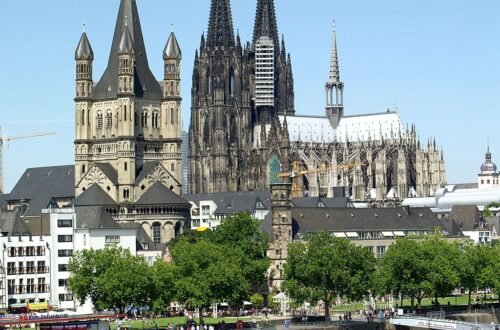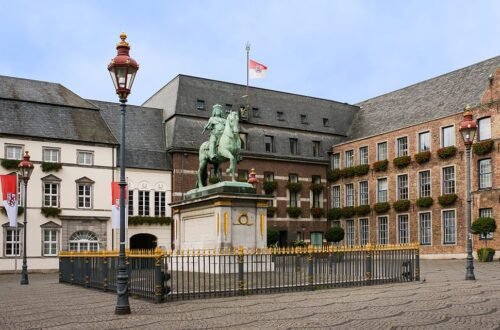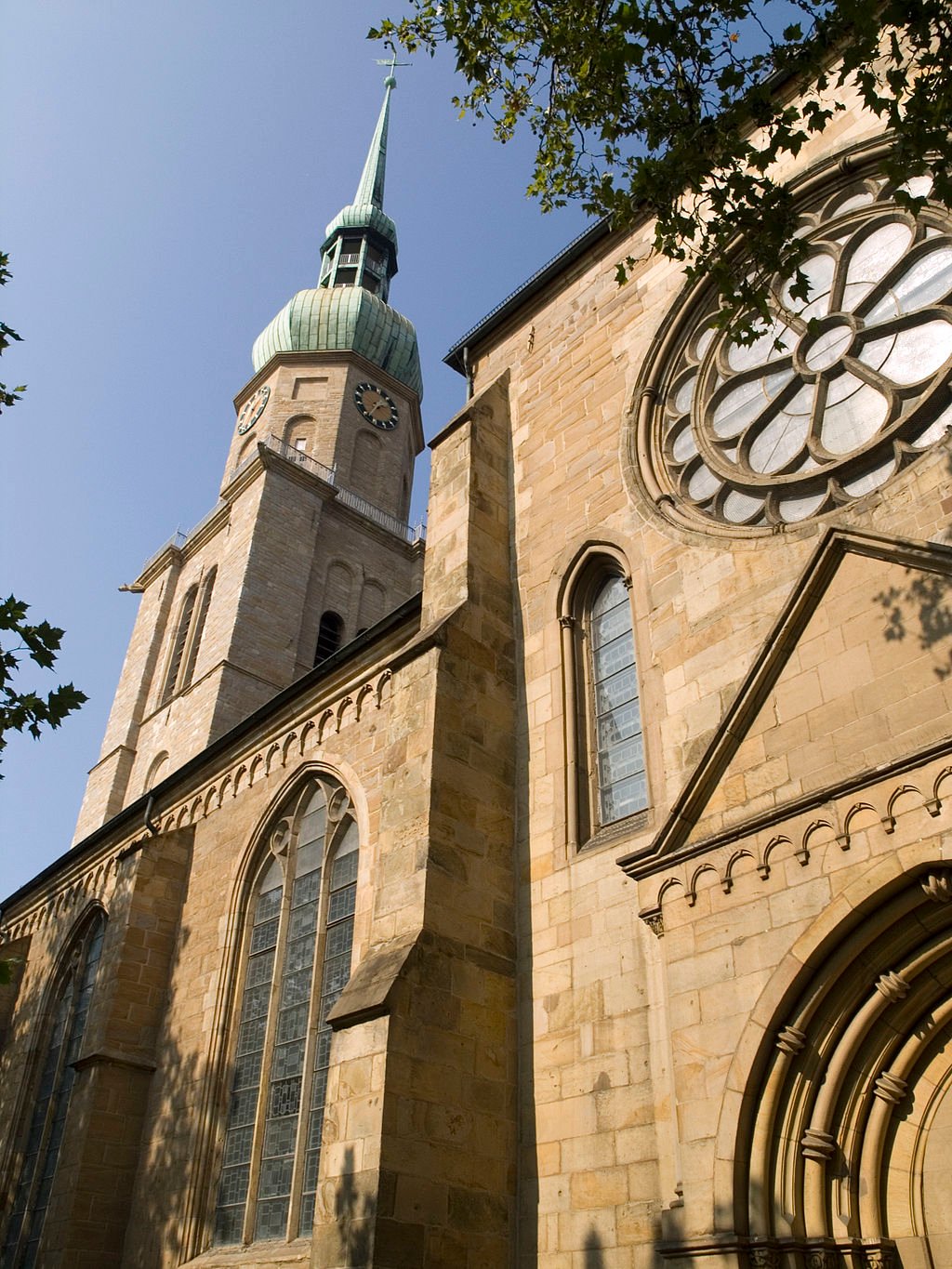
15 Best Things to See in Dortmund (Germany)
Dortmund, the largest city in the Ruhr region, was formerly driven by heavy industry but is today a centre for high-tech production. The former steel mills, breweries, and mines are now preserved as massive monuments to the prosperous post-World War II era. Places like the Zeche Zollern colliery still feature their magnificent Art Nouveau structures and immense steam turbines. The ancient Dortmunder Union Brauerei, located in the city’s heart, has been transformed into a vibrant cultural hub that houses the Ostwall Art Museum, which is crammed with Expressionist artwork. Most people outside of Germany would associate Dortmund with its football team, and for good reason—Borussia Dortmund is an international phenomenon. A maelstrom of noise erupts on match days at its cathedral-like stadium, the Signal Iduna Park. Let’s examine the top activities in Dortmund:
- Museum für Kunst und Kulturgeschichte
- Botanischer Garten Rombergpark
- German Football Museum
- DASA – Arbeitswelt Ausstellung
- Borussia Dortmund
- Dortmunder U
- LWL-Industriemuseum Zeche Zollern
- Westfalenpark
- Westenhellweg
- Alter Markt
- Florianturm
- Marienkirche
- Museum Ostwall
- Brauerei-Museum Dortmund
- St Reinold’s Church
Museum für Kunst und Kulturgeschichte
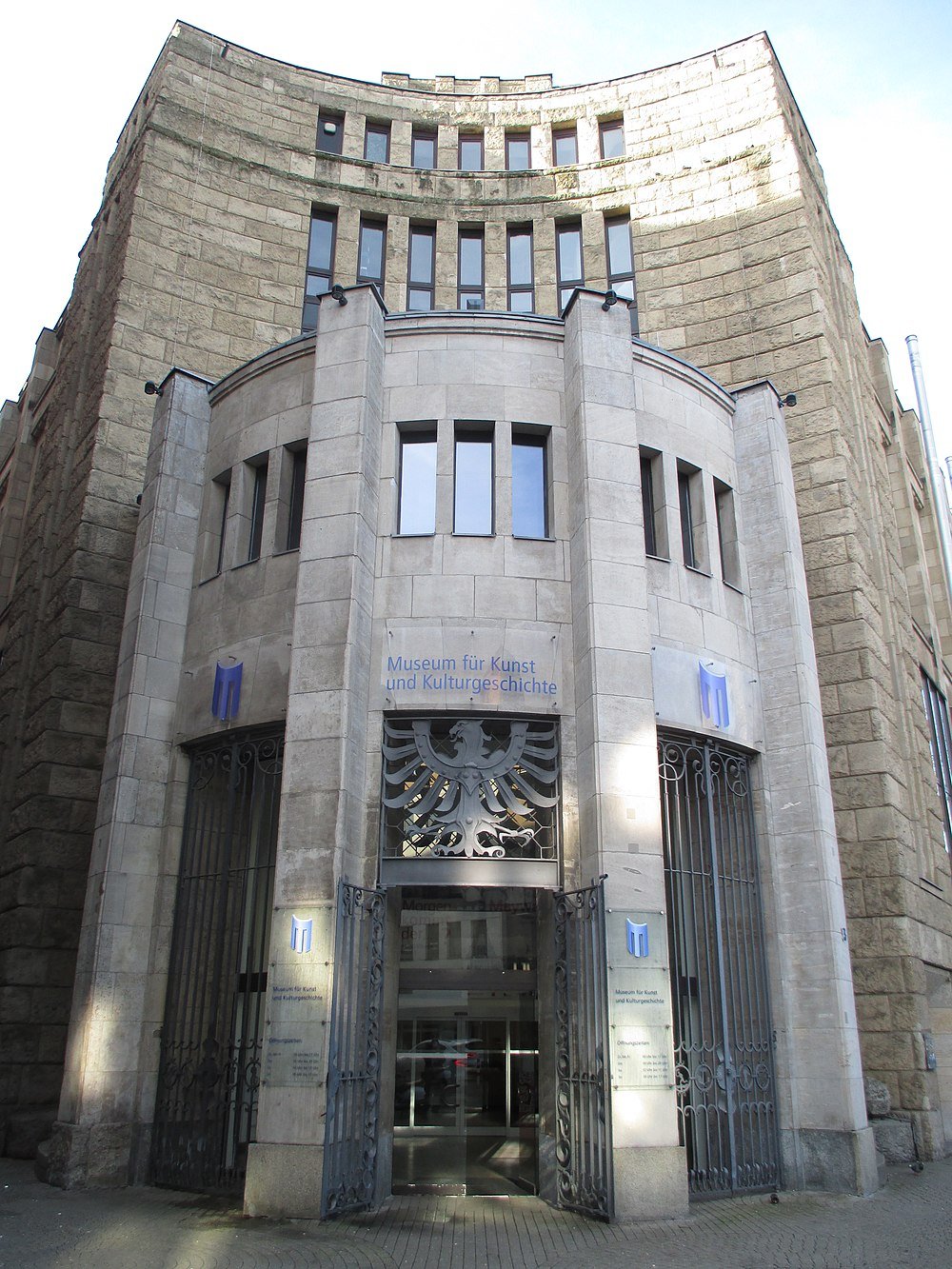
The Dortmund Savings Bank, a lovely Art Deco structure built in 1924, became the location of the museum of art and cultural history in 1983. The museum, which had been founded in 1883 but had been destroyed during the war, had now relocated to Cappenburg Castle. The majority of the pieces date back to the 19th century and were created by artists including Caspar David Friedrich, Anton von Werner, Lovis Corinth, Max Liebermann, and Max Slevogt. The museum also features a sizable decorative arts display featuring handmade objects from the Art Nouveau period up through medieval furniture, sculpture, and sculpture. A Romanesque cross, a Renaissance “cabinet of curiosity,” and the Dortmunder Goldschatz, a cache of 444 late-Roman coins found in 1907 under Ritterstraße, are also present.
Botanischer Garten Rombergpark
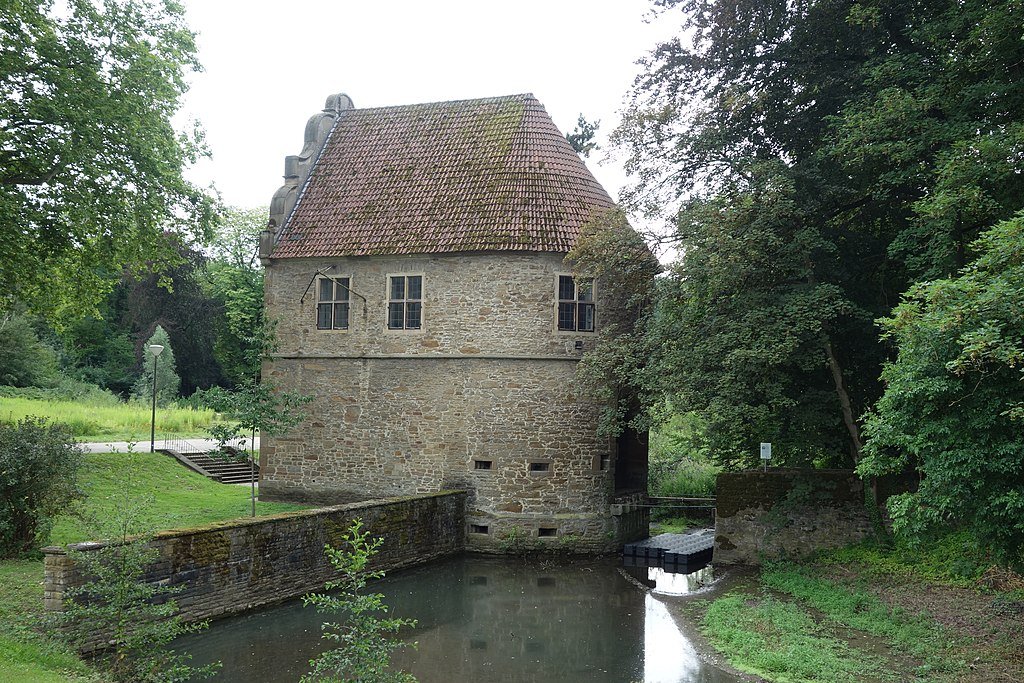
Dortmund’s botanical gardens are among the biggest in the world, measuring 65 hectares. They bear the family name Romberg, whose estate was transformed into an English park in 1822. Thousands of trees, floral plants, medicinal herbs, and perennials have been planted since the park was given to the city in the 1920s. Four greenhouses are available for growing tropical plants, succulents, ferns, camellias, lemon trees, and jasmine. Some of the tallest trees in North Rhine-Westphalia are elder trees that date back to the Romberg estate. The trip is worthwhile just for the perennials, which are placed in colour-coordinated boxes within yew hedges. More than 400 different plant species are included in the herb garden, which produces enticing scents throughout the spring and summer.
German Football Museum
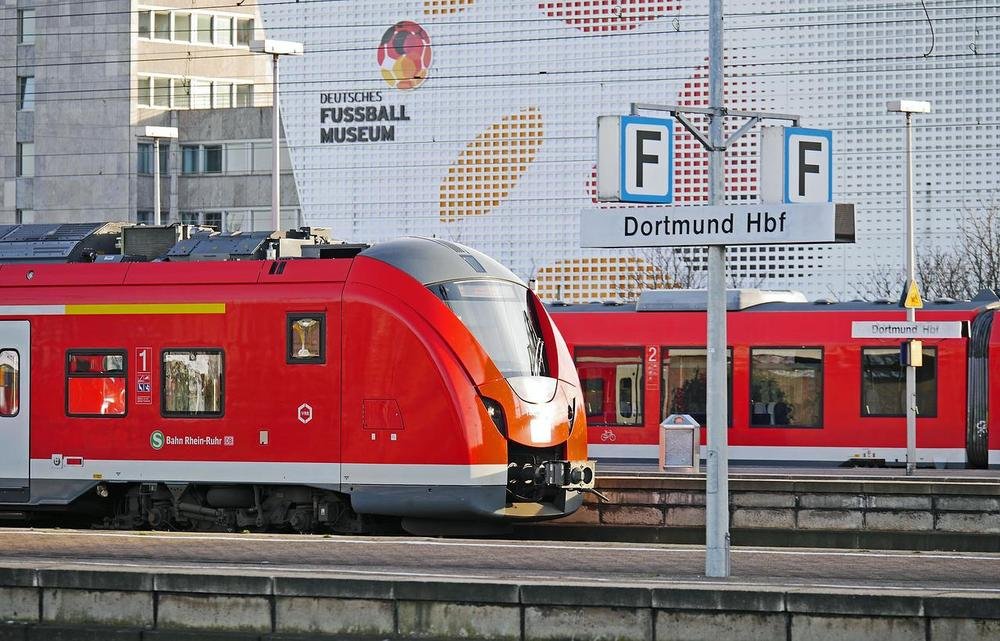
The site in North Rhine-Westphalia was an easy choice for the site when it was agreed that the proceeds from Germany’s 2006 World Cup would be invested in a football museum. This region of the country is home to many popular football teams, hence Dortmund was ultimately chosen as the host city. The German domestic football and the “Mannschaft,” the German national team, are the subjects of the museum, which opened in 2015. You may learn about famous athletes like Franz Beckenbauer and see old games like the Bern World Cup Final from 1954. Along with many artefacts, interactive exhibitions, and games, the World Cup and European Championship trophies are on display. A small indoor pitch is provided at the end of the museum for some friendly kickabout.
DASA – Arbeitswelt Ausstellung
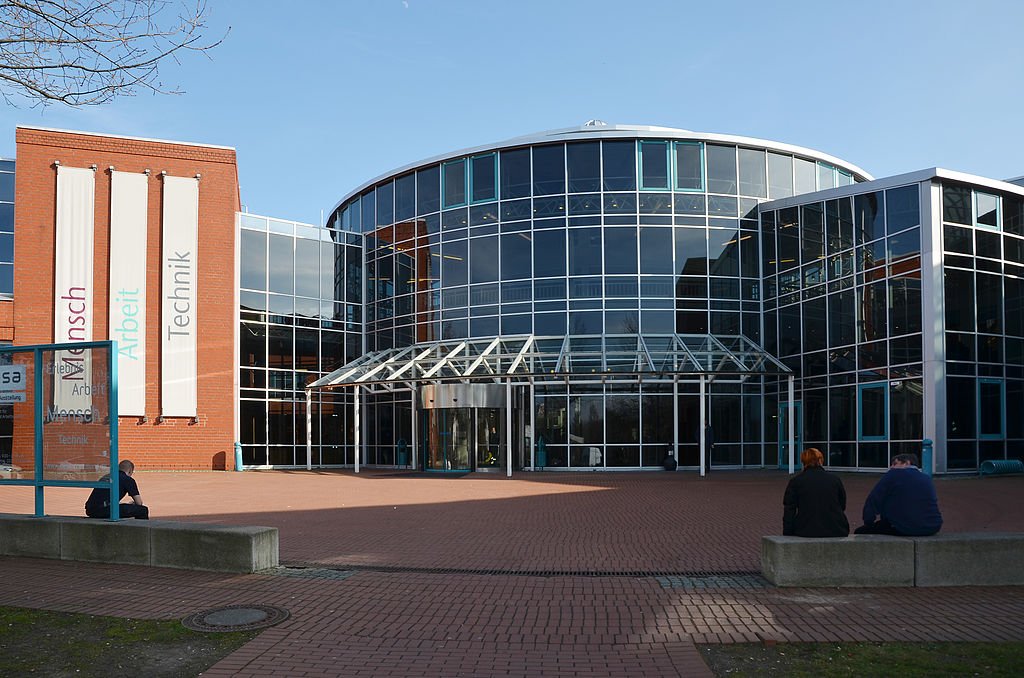
The DASA is a museum dedicated to the business sector that was built for Germany’s Expo 2000. There are displays of historical and contemporary working environments, as well as typewriters, early computers, and vintage manual printers, in juxtaposition to a cutting-edge office and a manufacturing robot. Examining a massive arc furnace in the steel hall and the control room of a coal-fired power plant will give you a glimpse into Dortmund’s industrial past. Young people who are unsure of their future professional path can explore careers in civil engineering and medicine. Other oddities include an old tram from the city and the burned-out remains of a bus that was involved in a serious accident in Herborn in 1987.
Borussia Dortmund
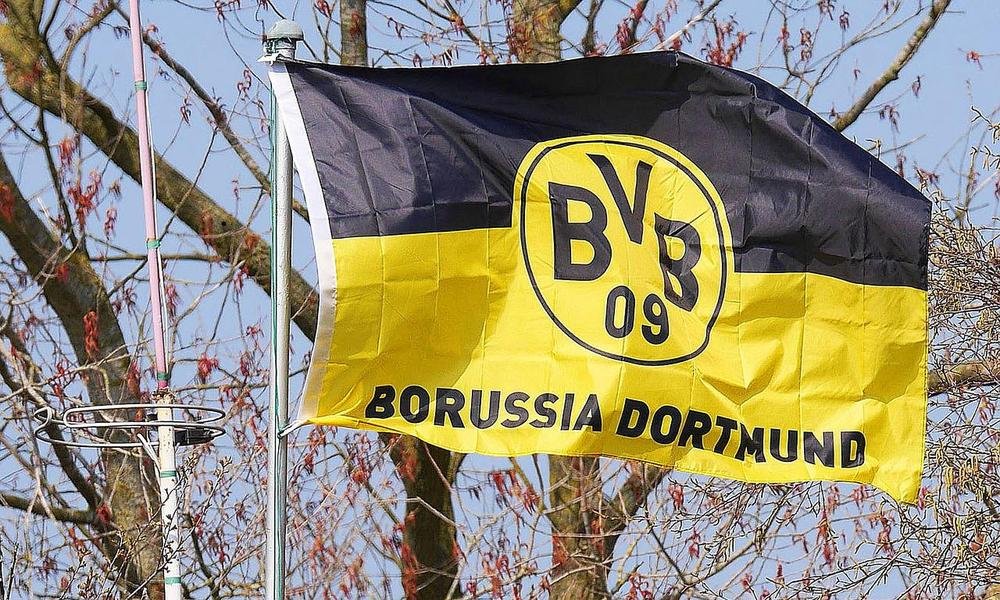
There aren’t many football teams that are the best part of their city, but Borussia Dortmund is one of them. BVB, which competes at the enormous Signal Iduna Park, is Germany’s second-most successful team in terms of history, behind Bayern Munich. You must visit this 81,359-seat stadium, even if you only have a passing interest in the sport. The Signal Iduna Park, the second-largest club stadium in Europe, gained its size at the beginning of the 2000s through a renovation that nearly put the club out of business. To see the southern terrace, also referred to as the “Gelbe Wand” or “Yellow Wall.” Even better, if you attend a game while this stand is filled with 24,454 screaming fans. Choose a domestic Bundesliga game, make your reservations well in advance, and prepare to be amazed by the volume of the crowd at what may be the world’s best sports venue.
Dortmunder U
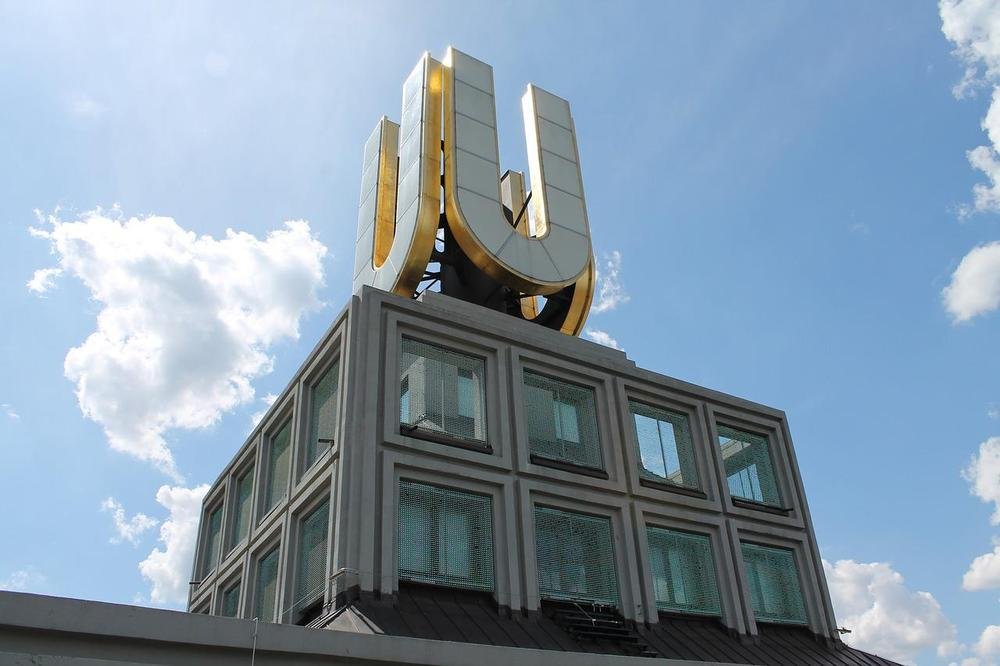
Since 1927, this old brewery’s high-rise structure has served as a Dortmund landmark. It was home to the Dortmunder Union Brauerei, which for a brief period of time was West Germany’s most productive brewery. The nine-meter-tall signature “U” on the roof was erected in 1968. The Dortmunder U was transformed into a hub of culture and creativity in 2010, to coincide with the Ruhr becoming the European Capital of Culture. It now houses the Ostwall Museum, exhibition spaces, a café, an art organization, and a campus for the Dortmund University of Applied Sciences. Adolf Winkelmann, a filmmaker, created the “flying pictures” project, which is visible all day on the grid of panels beneath the letter “U.”
LWL-Industriemuseum Zeche Zollern
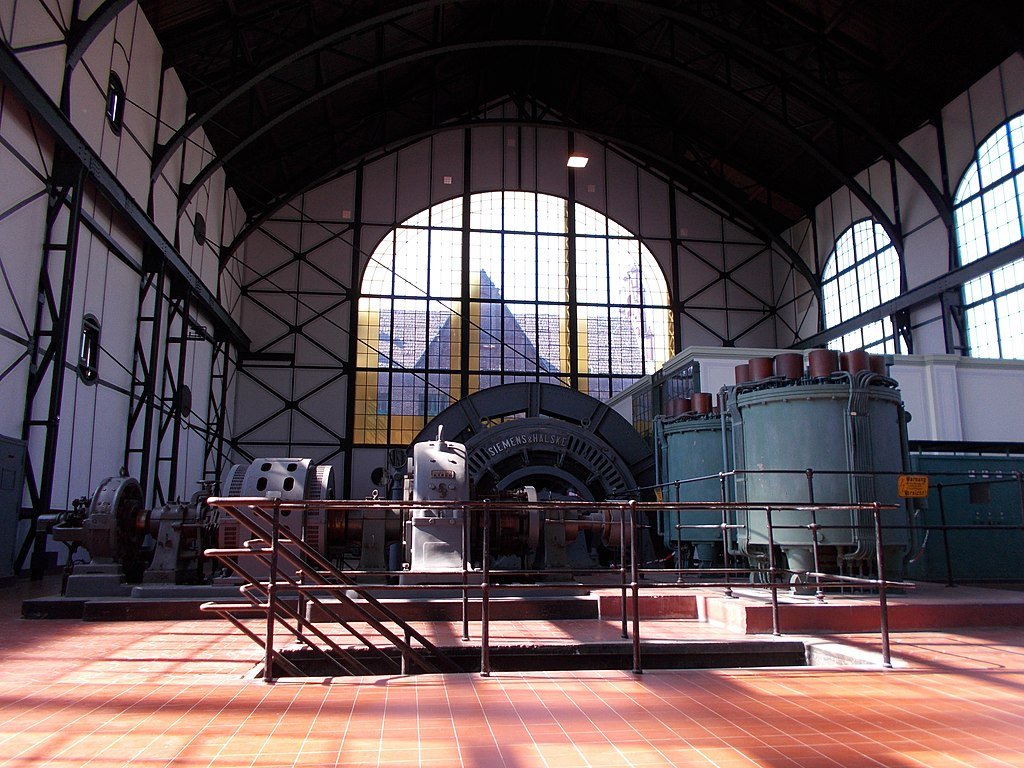
Wait till you visit Zeche Zollern, a colliery with fashionable Art Nouveau characteristics from the turn of the 20th century, if you never believed a colliery could be beautiful. The main machine building was created by Berlin Jugendstil architect Bruno Möhring and features a blue and green panelled stained glass window in front. The colliery was shut down in 1969, and the LWL Industrial Museum, which has eight locations around Westphalia and Lippe, has called it home since 1981. The surrounding buildings have been restored and made accessible, and the exhibition at Zeche Zollern explores the social and cultural history of the Ruhr industrial region. The machine hall’s century-old conveyers, converters, and compressors are a thrilling reminder of the steam age.
Westfalenpark
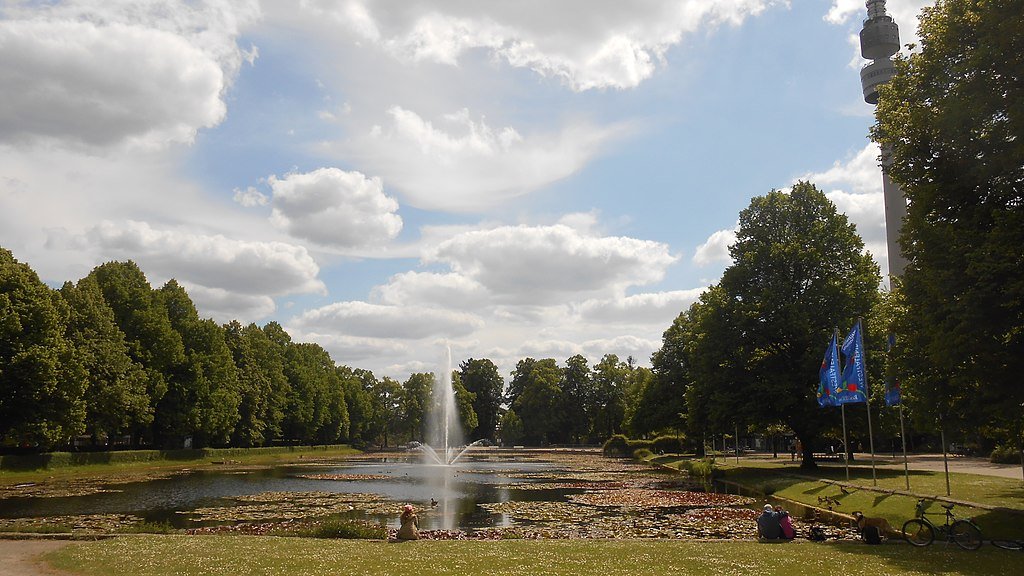
The 70-hectare Westfalenpark, on the south side of Dortmund, is a paid-entry green space with a plethora of small attractions to keep you occupied for a whole afternoon. It is constantly watched over by the Florianturm. A detour should be taken to the horticulture areas: In addition to hosting yearly events like the techno Juicy Beats festival in the summer and the Lichterfest (Festival of Lights) in the winter, the Deutsches Rosarium features 3,000 different rose species. The chair lift, which began operation in 1959 and travels 500 metres between “Mountain” and “Valley” stations on Sundays, is another summertime draw. There is also a toy railroad, a flamingo enclosure, and a pond where you may rent a rowboat.
Westenhellweg
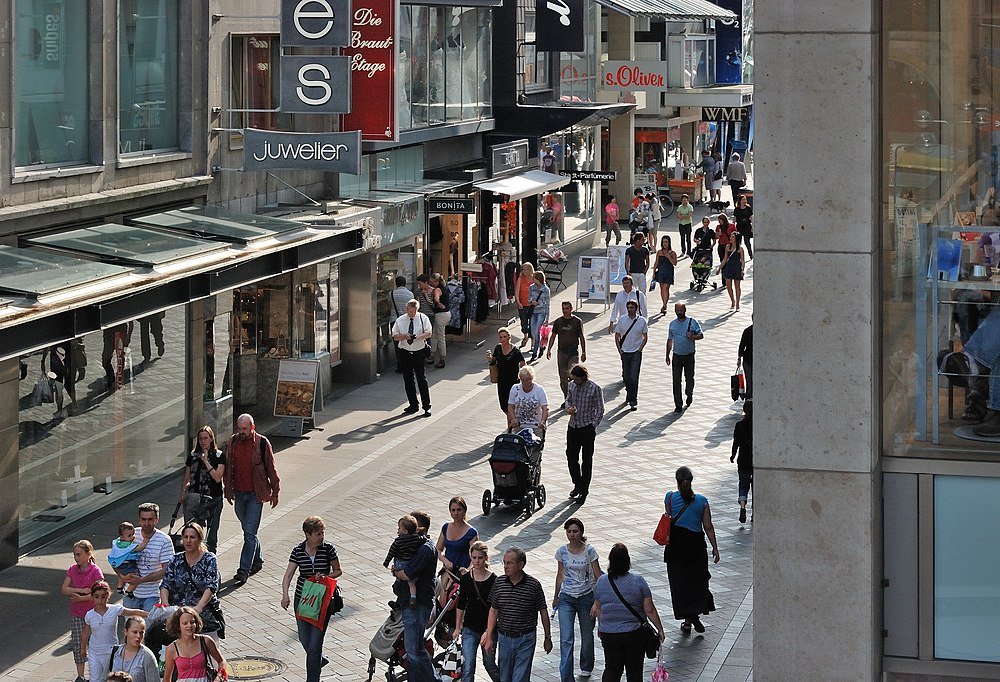
Every major retail chain under the sun is jammed onto a few streets and squares in Dortmund’s pedestrianised centre, making it a veritable shopping paradise. The Westenhellweg, which runs horizontally across the heart of the city, is the busiest of these. With an average of 13,000 visitors per hour, this street has the highest rental rates in North Rhine-Westphalia and is one of the busiest shopping streets in Germany. There are branches of several different retailers in this area, including Zara, H&M, Mango, and the German department stores Saturn and Karstadt. On the east side, take a left and descend the Krüger Passage, a shopping arcade with iron gaslights, stucco accents, and skylights that have a Fin-de-Siècle theme.
Alter Markt
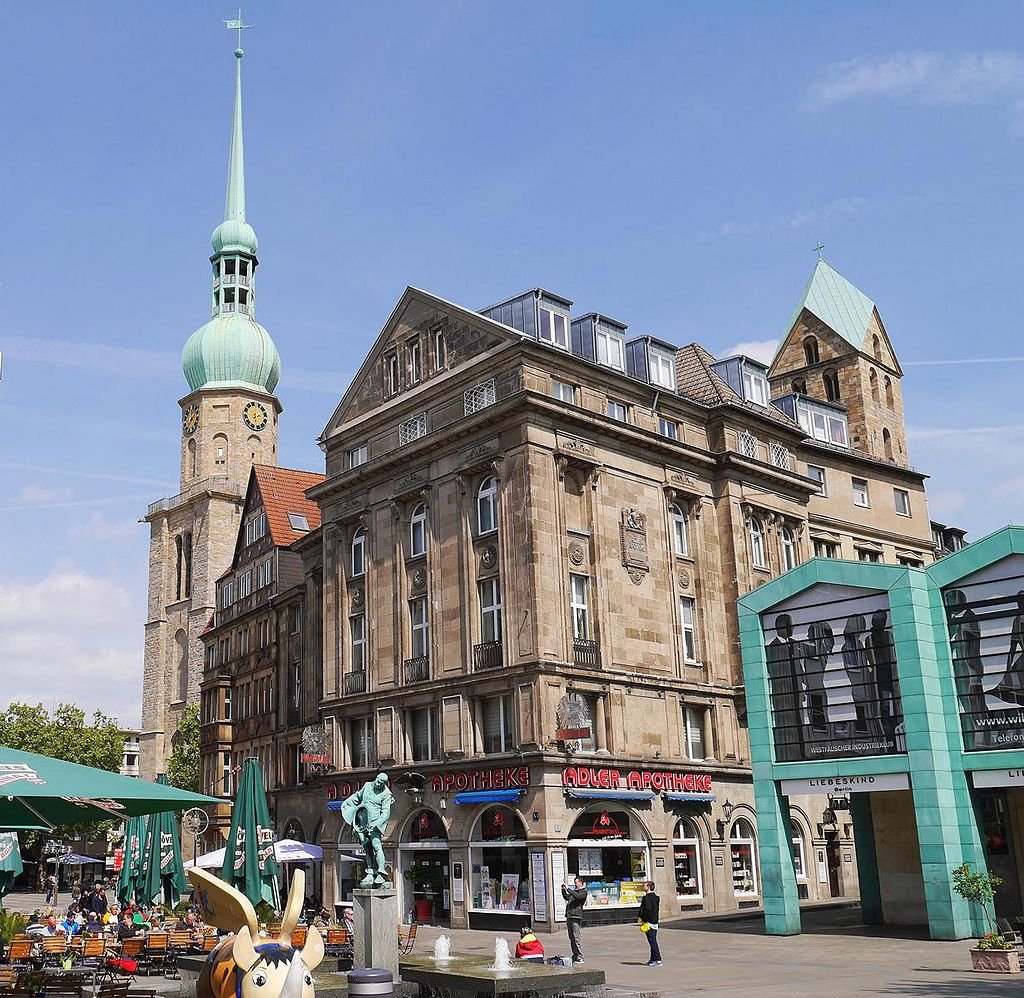
Dortmund’s market, which has been the social hub of the city for nearly 900 years, may have a contemporary appearance today. When it’s nice outside, the plaza is filled with outdoor bars and cafes, and Borussia Dortmund holds celebrations on the Alter Markt. The Bläserbrunnen fountain serves as a reminder of the square’s commercial past: the pool behind the statue of a horn player, which was sculpted in 1901, served as a watering hole for animals. When BVB wins a trophy, the water becomes a bright golden colour. The municipal hall for the Free and Hanseatic City was situated on Alter Markt until the Second World War.
Florianturm
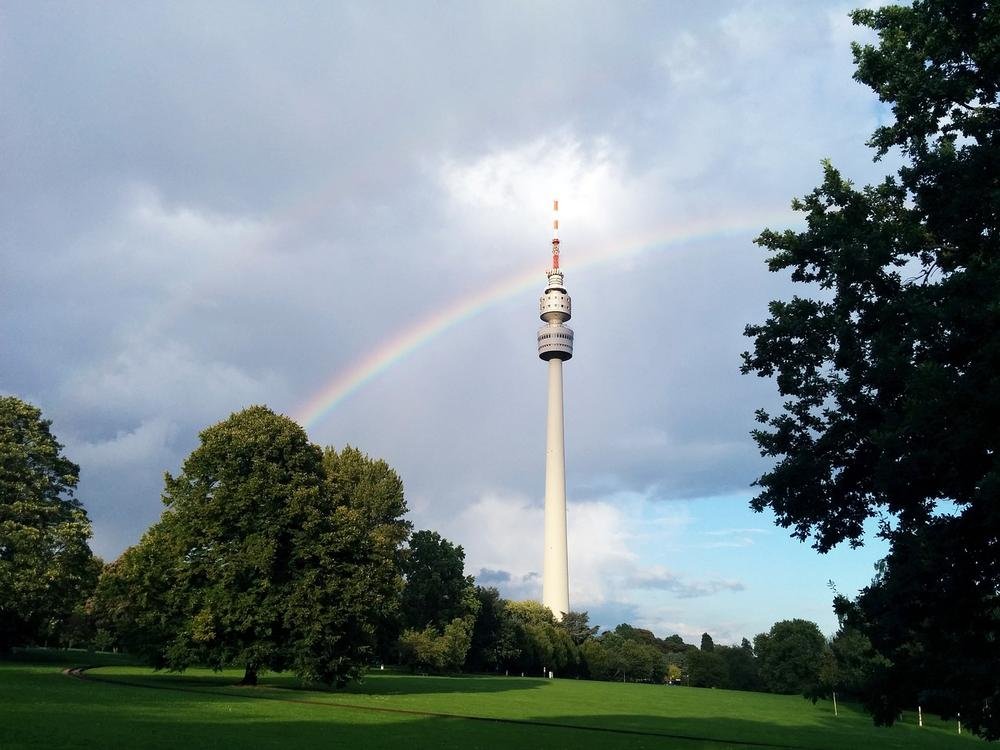
On Westfalenpark’s north side is where the entrance of Dortmund’s television tower is located. In addition to paying €1.50 to enter the park, €2.50 is required to ride the elevator to the observation deck. The Florianturm is the 14th tallest building in Germany at a little under 220 metres, and after it was finished in 1959, it briefly held the title of the tallest television tower. You can quickly reach the two observation decks at 140 meters thanks to the elevator. The locations far below are not marked on the orientation board, but you can use a map on your phone in their place. A rotating restaurant is located below the lower deck if you want to take your time admiring the vista.
Marienkirche
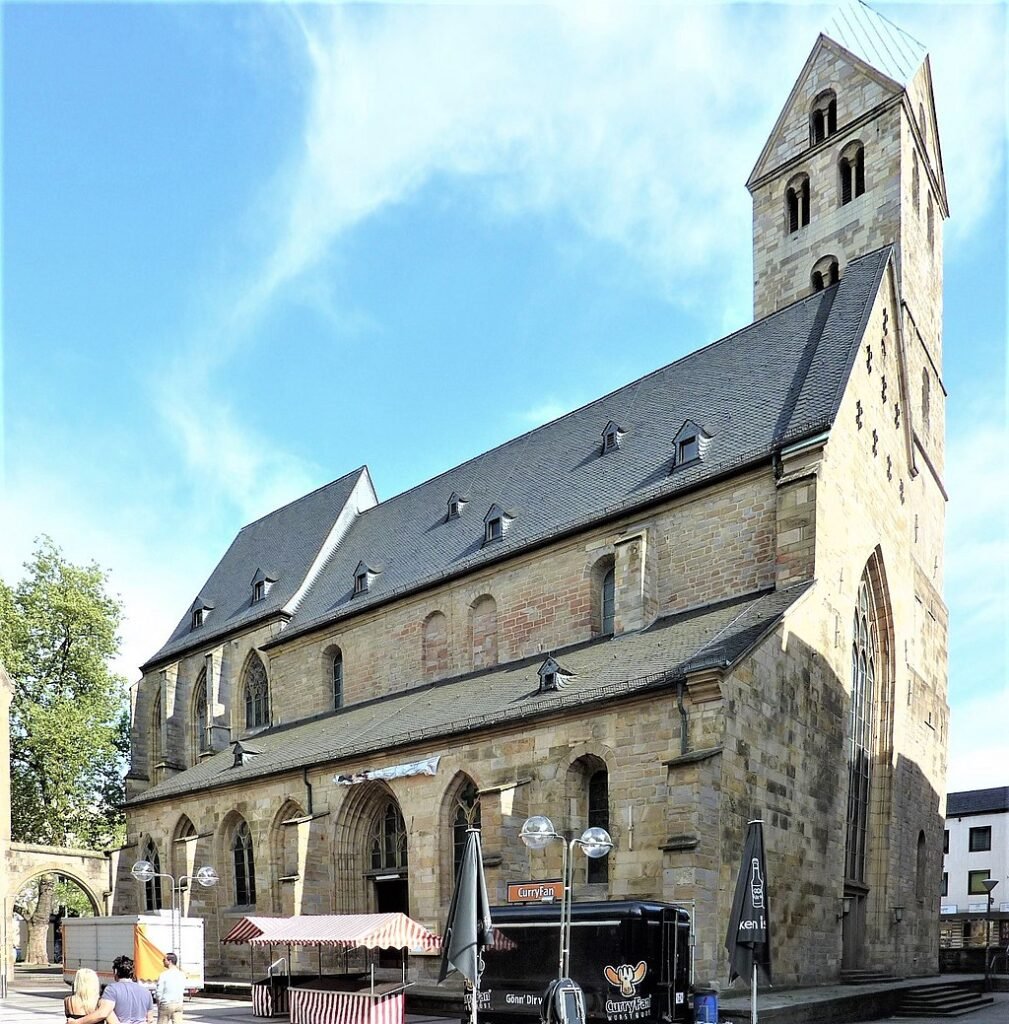
The oldest church in Dortmund’s Innenstadt is located at the end of Westenhellweg on the eastern side. In the Marienkirche, Gothic and Romanesque styles coexist. The first parts of it were constructed in the 1100s, while the later Gothic components date from the 14th century. Sadly, the Second World War completely destroyed the Marienkirche, but not before its medieval artwork had been removed for storage: A Gothic artwork depicting Mary’s Swoon can be seen on the middle panel of the Beswordtaltar, which dates to 1380. In 1420, Conrad von Soest, a Dortmund painter, created the Marienaltar, a masterpiece of international Gothic art. It was later reduced in size to fit a new Baroque reredos in 1720.
Museum Ostwall
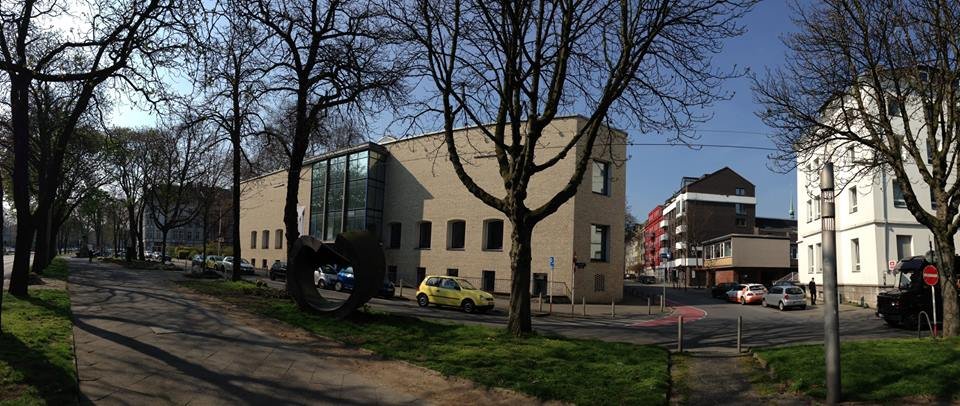
The modern and contemporary art museum in Dortmund was established in 1948 and relocated there in 2010. The Nazis had labelled Expressionist and New Objectivity art as “degenerate art,” and when the Gröppel Collection arrived in 1957, the museum expanded significantly. The permanent exhibition’s core remains expressionism, and it includes works by artists from Die Brücke and Der Blaue Reiter such as Emil Nolde, Kandinsky, Kirchner, Franz Marc, and August Macke. Alberto Giacometti, Otto Dix, and Paul Klee produced pieces from later movements, and the incredible graphic collection includes works by Pablo Picasso, Marc Chagall, Joan Miró, and Salvador Dal.
Brauerei-Museum Dortmund
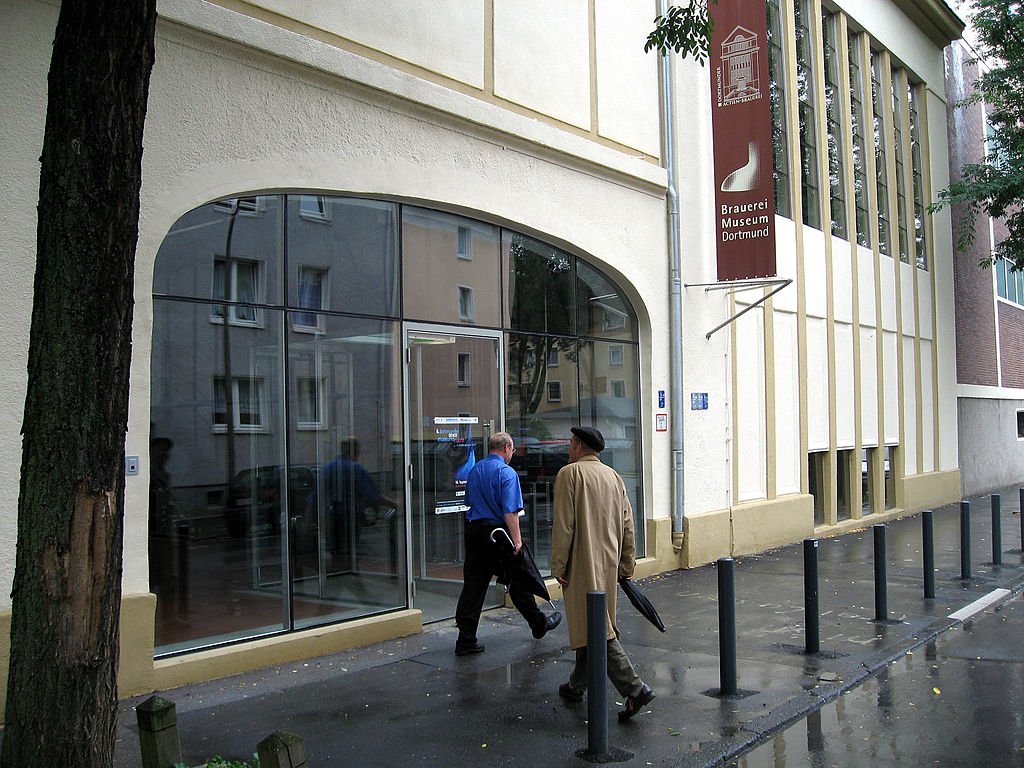
Beer has historically been one of Dortmund’s principal businesses, along with coal and steel. The city of Dortmund has a long history of brewing; during the height of industrial production in the 20th century, there were nine sizable breweries operating there. The Brewery Museum was founded in the 1980s and relocated to the former Dortmunder Hansa Brewery a little more than ten years ago. The tour begins in the machine room, which also houses a large power generator and refrigeration equipment. You may follow Dortmund’s brewing history from 1950 to 1970 by making your way through the plant and its brewhouse, which is furnished with vintage copper kettles. Vintage advertisements, a superb old Krupp truck from 1922, and descriptions of the entire brewing process—including storage, barrel filling, and bottling—are all there.
St Reinold’s Church

At the geographic centre of Dortmund, Willy-Brandt-Platz, the Baroque steeple of St. Reinold’s Church rises. The edifice, which features a Romanesque nave and a Gothic chancel, was raised in the 13th century after a fire destroyed its predecessor. St. Reinold’s Church served as Dortmund’s spiritual hub during the Middle Ages and served as the primary parish church until the Reformation in the 16th century. Inside, there is much to see, including a statue of St. Reinoldus from the 14th century, a seat from 1462 on the south side of the choir, and the exquisite retable on the high altar, which was carved by the Flanders-born Master of Hakendover in 1420. Make sure to climb the tower’s stairs to reach the viewing area located just below the clock.



